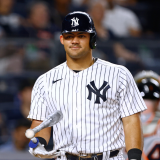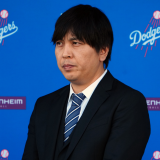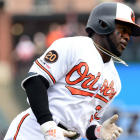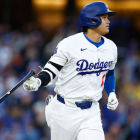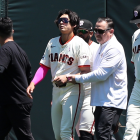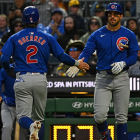The Baltimore Orioles defeated the Chicago White Sox on Tuesday, snapping a four-game skid that had seen them outscored by 38-17. Ouch. The Orioles aren't likely to win on the field often during the first few years of general manager Mike Elias's reign, but it's worth noting they may have already secured an off-the-field win in the form of outfielder Dwight Smith Jr.
Smith, who contributed to Tuesday's win with a three-run homer and a great leaping grab, is now hitting .287/.330/.529 with five home runs and three steals in 94 plate appearances. Not bad for someone who was acquired in March from a division foe for cash considerations.
Here is another look at Dwight Smith's home run robbery, for the millennial crowd. #Orioles pic.twitter.com/deZtzRTpfD
— Joe Trezza (@JoeTrezz) April 24, 2019
While Smith isn't likely to keep up this rate of hitting, there is perhaps some underlying reasons to believe he's a different player than the one scouts regarded as a spare outfielder.
Foremost, Smith has altered his batted-ball profile. Whereas last season more than half his batted balls were hit on the ground, this season he's sporting a groundball percentage of less than 40 percent, per FanGraphs. Put another way, Smith had never posted a groundball-to-flyball ratio below 1.10 in the minors -- he was at 0.96 entering Tuesday.
Smith has also taken a more aggressive approach at the dish this season. He's swinging at nearly half the pitches he's seen, as opposed to 40 or so percent like he did in his first couple big-league cameos.
We should note that Smith isn't setting the world on fire through the lens of ball-tracking metrics -- both his exit velocity and launch angle are below-average. A few of his home runs have been of the wall-scraping variety, too -- and while that seems like a trivial thing to note, turning two of his home runs into doubles would reduce his slugging by nearly 50 points, to .482. It's still early, in other words.
But Smith doesn't have to keep this up to prove to be a nifty find for Elias and the Orioles. Besides, given how Baltimore's season is going and is expected to go, Smith turning into a tolerable fourth outfielder would still qualify his addition as a relative bright spot.







